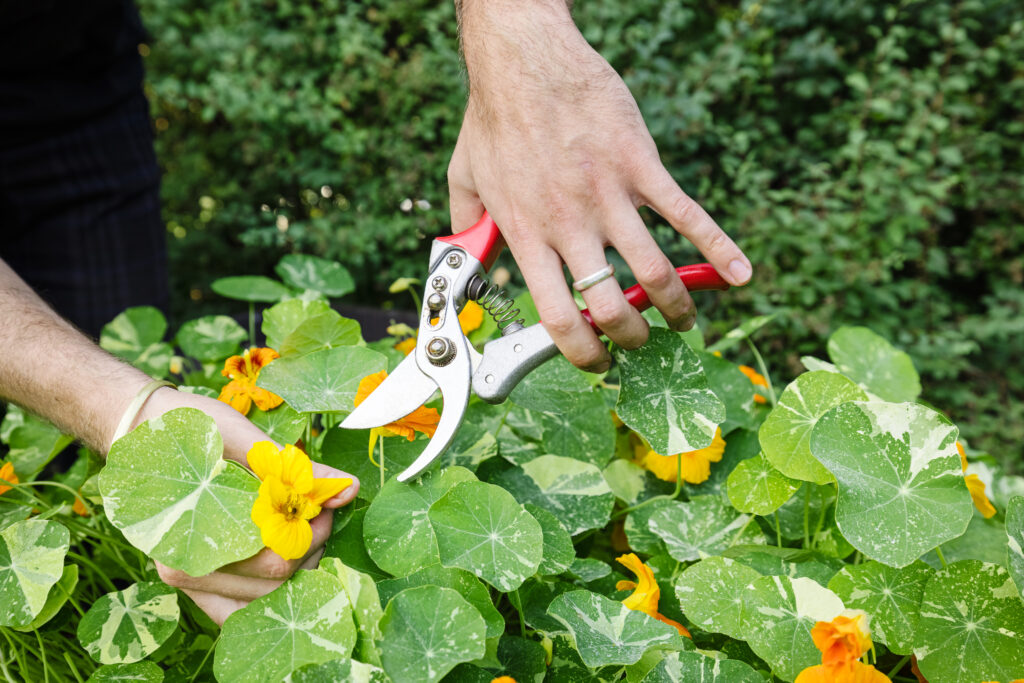In recent decades, the agricultural industry has not been spared from the grip of capitalism and has been put under the pressure to always produce more, always faster, in order to meet the demand of an ever-growing population. This is how intensive agricultural practices such as monoculture came into being, which today reign over the majority of the world’s food production at the expense of our soils’ quality.
Having to feed a growing population is one thing, but endangering the very thing that allows us to feed it is quite another. In fact, according to United Nations data, the world loses 24 tons of arable land every year.
The reason for this loss is mainly due to bad agri-food practices and the progression of climate change accelerating desertification. The use of fertilizers and pesticides and the overuse of land threatens and pollutes ecosystems while impoverishing the soil.

It has therefore become urgent to rethink our ways of doing and to establish new agricultural practices that are environmentally friendly and resilient to climate change. In such a context, many individuals are turning their backs on modern agriculture to adopt permaculture principles.
Permaculture: an agriculture rooted in nature
This new approach to agriculture, which has gained popularity in recent years, is based on principles of biomimicry, “mimicking nature”, and ecology. Unlike intensive agriculture where everything is controlled, permaculture encourages natural interactions that lead to synergies between the land, the plants and the surrounding biodiversity.
Moreover, its name, which comes from a mixture of the terms “permanent” and “agriculture”, clearly indicates the objective of this type of practice: to create a sustainable, self-sufficient and resilient environment. The goal is not to meet immediate demand as modern agriculture does, but rather to promote long-term viability, through generative crops firmly rooted in their environment. Acting more as a philosophy than a defined practice, permaculture is based on twelve fundamental principles.
Here are five of them:
1. Apply self-regulation: let ecosystems self-regulate and limit human intervention.
2. Limit the creation of waste: to make sure that nothing is lost, to value all resources.
3. Integrate rather than separate: encourage natural interactions beneficial to the system
4. Promote and value diversity: Avoid environments with low biodiversity, which are more vulnerable to change
5. Capitalize on change and respond creatively: observe changes and adapt creatively to them.

The benefits of permaculture
Through careful observation of ecological cycles and thoughtful design of the crop distribution, permaculture allows the creation of healthy, balanced and much richer environments.
Supporting the interrelationships between natural elements, flora and fauna allows the different components of the system to support each other and meet their own needs. This creates an environment where everyone complements each other, as they do in nature.
In addition, permaculture makes it possible to limit the use of pesticides by the companionship of certain species. For example, borage is a good companion for tomatoes, since it attracts pollinators and thus scares away tomato worms. Beans are also a good companion: the tomato plant serves as a stake for the climbing bean, and the bean helps fix nitrogen in the soil, which helps the tomatoes grow. Thus, the pooling of several species allows a transfer of services between the plants of the system, which participate to improve the quality of the yields.
Finally, permaculture allows an abundance of crops on very small surfaces, a better retention of water, and soils richer in nutrients.
These are the principles that inspire us in the creation of each rooftop microhabitat!

